Words by Christopher Hector, pix by Roz Neave
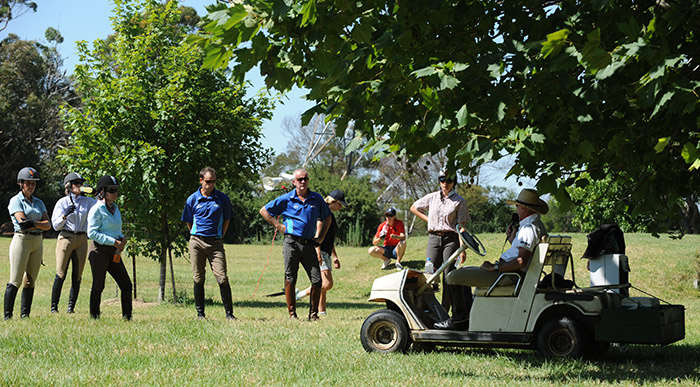
It’s an eerie moment as we settle into our deck chairs in the shade of the magnificent trees Wayne Roycroft planted and tended to maturity, as the sky is filled with thirty or so exotic birds… and I mean seriously exotic, like giant Macaws, rare Red Tailed Black Cockatoos, and the odd white Correllas that were happy to sit on the shoulders of the spectators. The flock is owned by a neighbour, John Singleton, and each morning, they are let out of their aviary for a lazy day of freedom, before being summoned back by a special whistle in the evening…
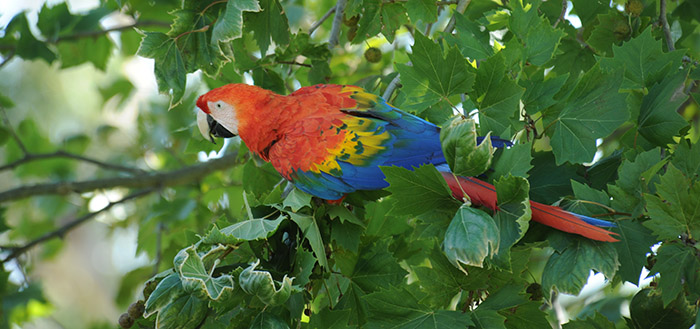
It’s the perfect setting as far as George Morris is concerned… an open field with a few natural obstacles, since George is fanatical in his belief in the benefits of jumping ‘rustic’ obstacles. Rustic they may be, exactly placed they are also – once again George has his tape out and spends a long time setting up his courses and getting them just so. And woe betide the helpers – dubbed the Tootsies – if they get the slightest bit slack. They must run, run, run to get the fences re-built and they must be EXACTLY like they were first time round…
It’s another fine group. For all there was a disappointingly large number of Australian showjumping and eventing ‘stars’ that failed to grab the opportunity to work with the world’s number one coach, there were plenty of good riders who jumped at the chance. This group features Chris Chugg and his younger stallion, Conquistador, Olympic gold medallist, Stuart Tinney and his exciting mare, Panamera, Colleen Brook and her World Cup horse, Poet’s Corner, Vicki Roycroft and her front-liner, Infatuation, Amanda Madigan and Alondra and Danielle Butcher riding her top horse, HP Landsong.
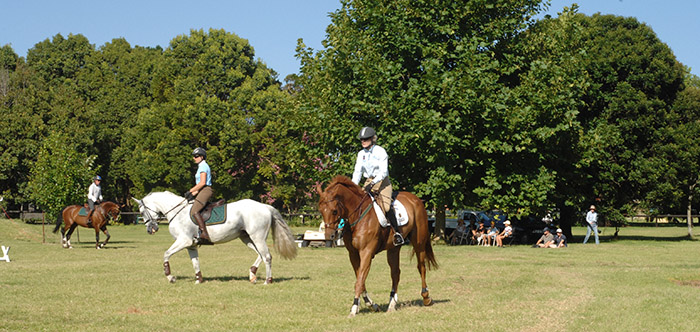
And, surprise, surprise, right from the start, George insists that they get it perfect. Amanda’s Alondra is one of the stars of the group, but when she comes above the bit for a fraction, George pounces:
“When she goes above the bit, hold the contact, keep your hands up, and equal pressure on both hands. It’s the first thing the horse has to learn, if his head is up, your hands go up, the horse drops his head, you drop your hands – but watch you don’t over drop, and don’t spread your hands. You must get out of the habit, that the horse goes up and you drop your hands.”
It’s the same in the halt:
“Keep the contact, don’t drop it so quick. Keep the horse round and in your hand and in front of your leg. Don’t wrestle with the horse’s head, I don’t care if it takes an hour, you don’t drop your hands and let her come above the bit.”
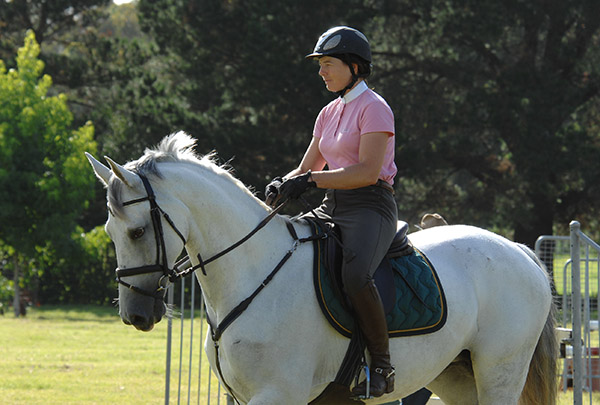
With pretty well all his students, George wanted them in a more forward, forward seat:
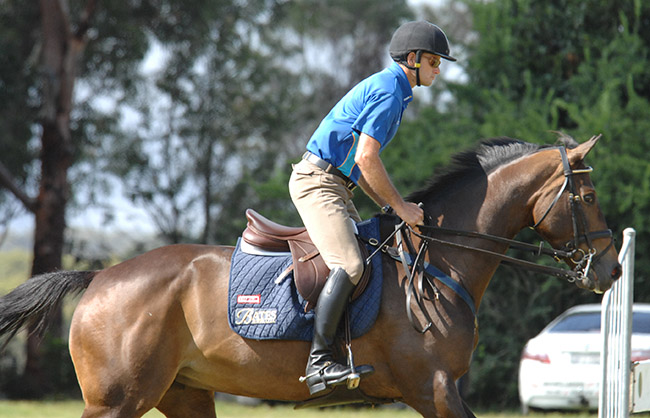
“Adjust your seat forward and I want more angle in your upper body. Adjust your seat constantly towards the front of your saddle. You are behind the movement of the horse, get your upper body much more forward.”
Poor Danni Butcher was a real target for the get your body forward command, and to show her what he wanted, George jumped on Landsong (no one can accuse the Great Man of picking the nice easy horses for his rides).
This time it is the fancy stirrup iron that cops it: “Sexy stirrups, stupid fashions! Old fashioned quality heavy stirrups – nothing new or fancy…”
“Danni the problem is that you are behind the horse, this is necessary at times but there must be a balance. This is a very high headed horse and she gets hollow and resistant. I am showing you equestrian tact… I have more time than the horse. You people are so anxious, you have to wait for the horse. I’m teaching the horse contact, it’s difficult for her, she’s never had this lesson before. The first principle is the horse is in front of my legs and goes to the bit.”
“The second step is to start getting her a little lighter in the shoulder… left turn, right turn, but making sure she doesn’t get rubber necked. We want a short rein and a definite – yet supple – contact. This horse has no submission to the hand, I’ll keep the contact until the horse starts chomping the bit. She’s starting to relax now, watch the mouth chomping and chewing. It doesn’t have to be perfect right away, it will get perfect. As she stretches, I follow down. She comes up, I come up. My half halt is backward, up and give a little, and keep doing that. Every horse resists pressure, and pressure is contact. Resist resistance in direct proportion to the resistance, this takes years to learn.”
more follows
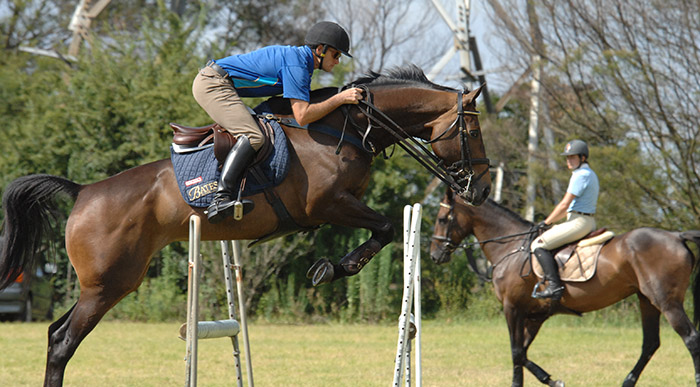
It was time for a little jumping exercise: a little fence, to a cavaletti and then a halt in front of a bank.
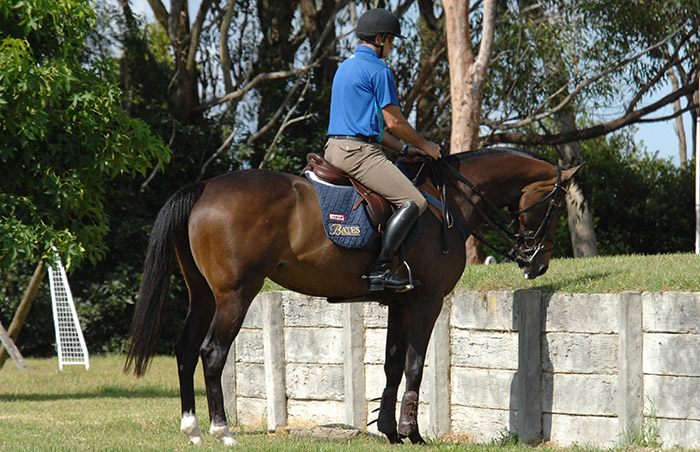
more follows
“When he stops at the bank, the horse should stop with you and stop UPHILL, the horse stops on his arse… I shouldn’t say that, you are very lily white here in Australia. The horse has to go forward into a downwards transition.”
At least the horses were meant to stop at the bank, Vicki’s Infatuation had a better idea and popped on top of it! “I thought one horse might think about it…”
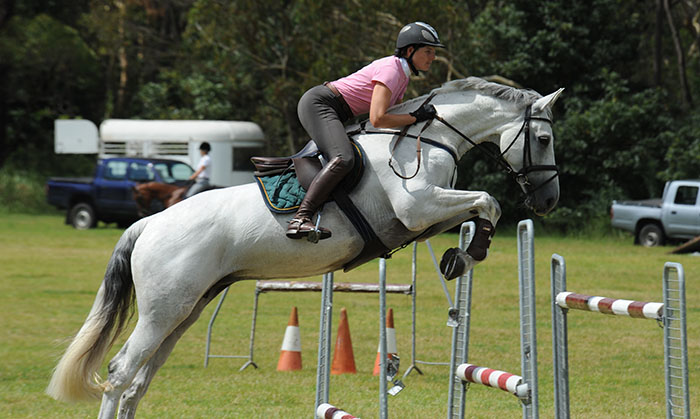
George started to add more and more jumps to his line, all the while emphasizing the message, let the horse teach itself.
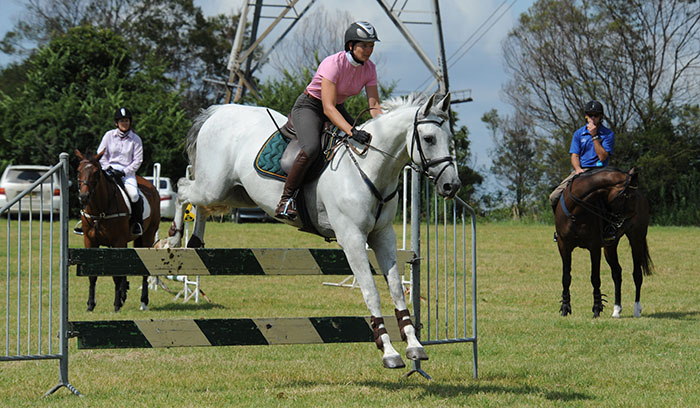
“If the horse is beautifully ridden and makes a mistake, just do it again, exactly the same, and the horse teaches itself. If the horse has the capacity and is beautifully ridden, let the fences teach the horse.”
Even the ‘teacher’s pet’ was not immune to criticism: “Chuggy I told you not to open your fingers. On the third vertical you opened your fingers and that’s why he didn’t get the oxer. Do it again.”
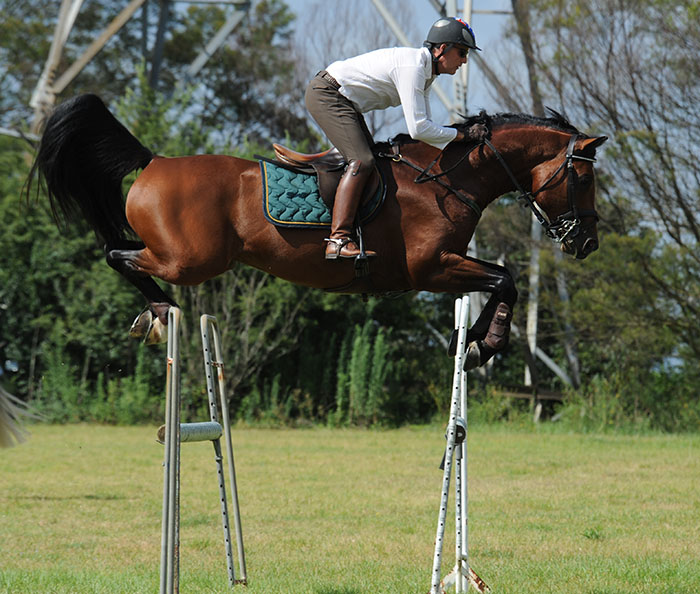
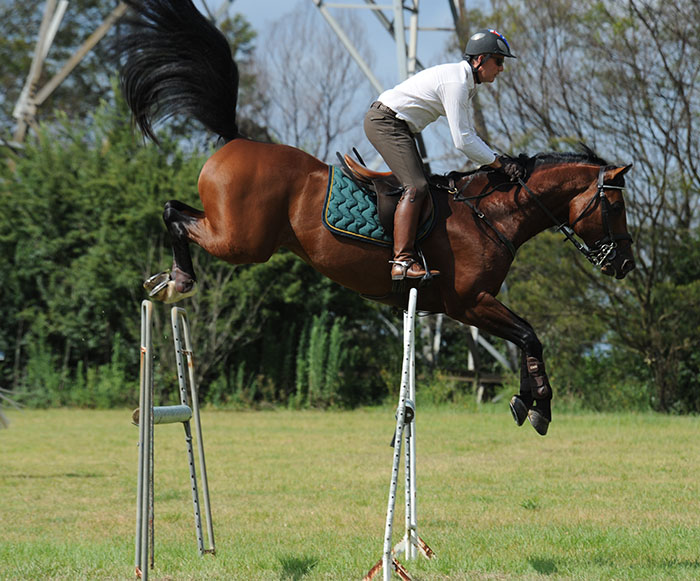
He does, and Conquistador through the air is something special.
Colleen Brook is a veteran George Morris student, and he likes her style and likes the ‘go’ of her Thoroughbred jumper: “Watch Colleen down the line, she has a feather touch, that’s exactly how you have to ride that horse.”
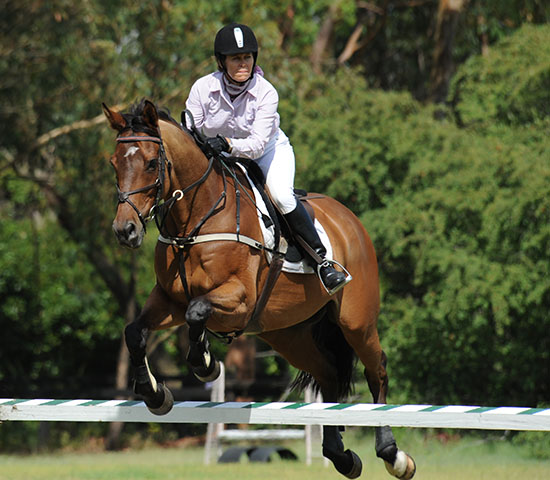
Stuart too, comes in for praise: “That’s a patient jump, watch horse even his rhythm is.”
A rider is considered balanced when his legs, seat, upper body, hands and arms are in equilibrium.
George Morris, Hunt Seat Equitation, p 7
Time for something just a bit unexpected at a jumping clinic – a plank over a little ditch. By now the course is quite complicated. Over a skinny, tight turn left and seven curving strides to a vertical. Six an oxer, seven to the ditch, a half turn in reverse (remember that school figure in the indoor clinic?) back over the ditch and over the oxer again. And if the man said, seven that’s what you did. An eight and you had to do it again…
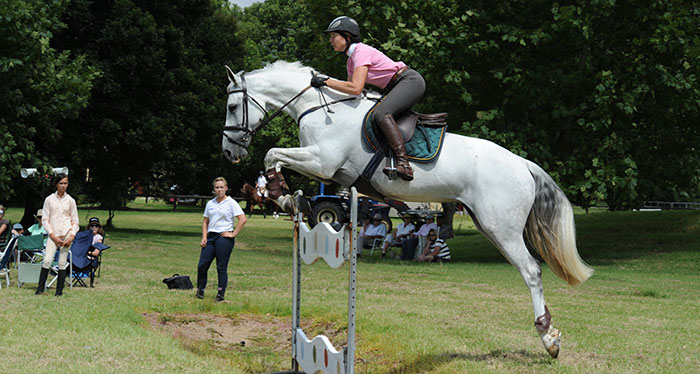
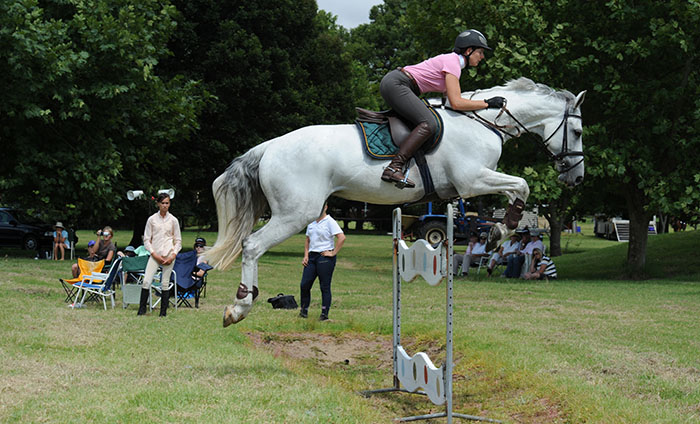
“Stuart STOP, you’re an Olympic gold medallist, but if I say six, it has to be precise. If I say six I mean six.”
Woe betide the rider who circled in front of the fence: “The options are a little long, a little short, or very long or very short. Circling is not an option – that’s an addiction that grows and grows. Circling has to be prevented at every cost…”
And over and over again, the message was position, position, position:
“Up in your heels in working gallop, close your hip, upper body forward, weight in your heel, go with your horse.”
“I take as my hero Eric Lamaze at Hong Kong. He rides with his horse, he’s magnificent, he teaches his horses to do it for him, to set themselves and help themselves, it’s the opposite of constipated hippy/handy riding…
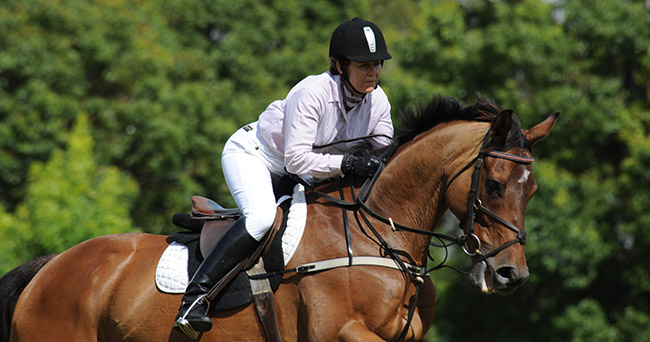
Colleen Brook – back for a Re-Fresher Course
“It’s been fantastic. It’s been a really good reminder and I love to hear George say that we are very good with our galloping and jumping but it’s our flatwork that the big boys knock us over with, because that’s where we’ve been slow to catch up. Unless we get that through to the up-and-coming generation, we won’t improve, because it doesn’t matter how good the horses are, we’ve got to be able to ride them. George has been emphasizing that the whole time, which I really enjoyed.”
“For me personally, it was a good tidy up. He’s challenging, he’s tough, and he is very non-PC, but he is bloody right.”
We talk about progress, but I bet that your aunt, Gertie Brooks, the famous campdrafter, would have been able to bring along her campdrafter come hack, and it would have been into the hand, stopped round, and been rideable…
“Your right, that’s what they did, they trained them. I just think that generally we think we are doing okay, but the truth is, we need to do it better.”
It’s scary when you see professional full-time riders who are struggling with a turn on the forehand or a leg yield?
“Very, that’s not a good indication. George has been saying that there is nothing boring about the basics. The basics are in fact, good fun and let’s do them as well as we can.”
But there’s nothing secret about the basics, they have been around almost as long as the ten commandments…
“But when you pick up the tennis rack, you want to hit the winning shot like Rafael Nadal, you don’t want to practise your swing and your footwork, you want to grab the racket and PACHOW! – straight across the court.”
I bet Nadal does a fair bit of practising his swing…
“I bet he does but that is human nature – you put on a pair of skis, you pick up a golf club, you want to do what you see other people doing. That’s the good thing about Europe and America, there are a lot of riders giving you the right example. I’ve always believed that Australia is a nation of very good riders, we can do things, but we need that bit more finesse in our training. We can ride the pants off most of them, it’s our lifestyle, and we are hands on horse people but we need that finesse, and it is fantastic that George has been here hammering us. The class I was in, there were seasoned World Cup horses with Olympic riders, and we were practising halts – walk/halt, trot/halt – simple but effective, and that’s what he is the master of.
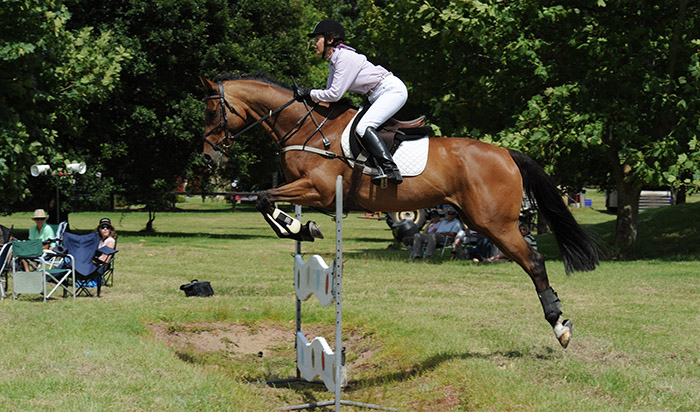
This article originally appeared in the October 2009 edition of The Horse Magazine


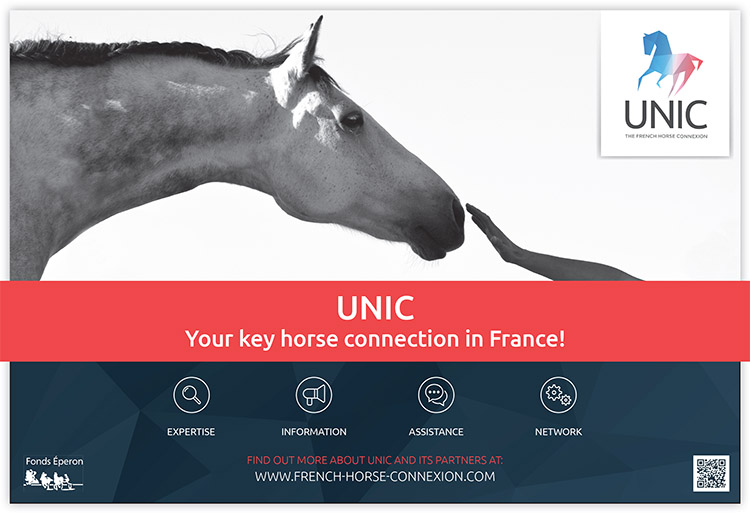
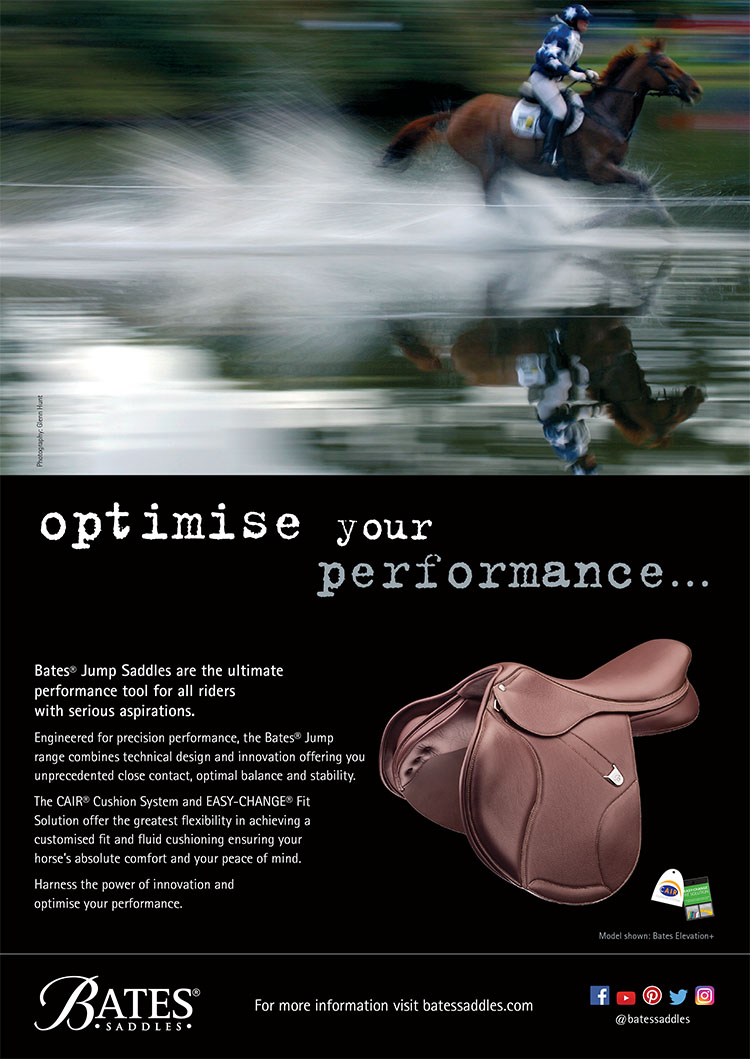
Forward website you have.Good work.